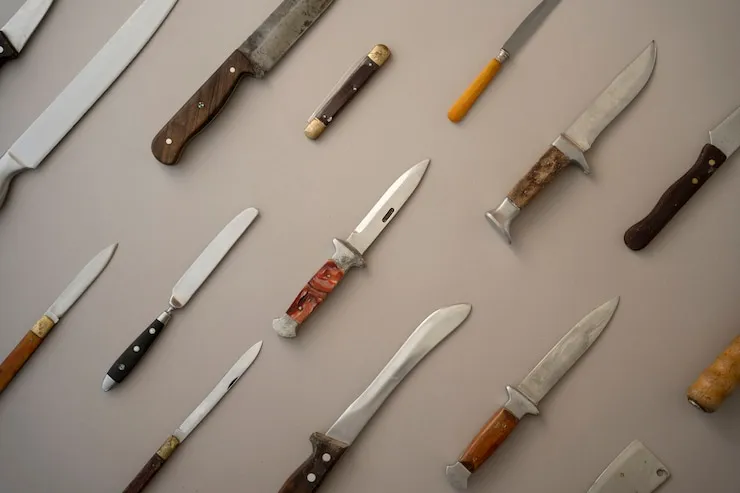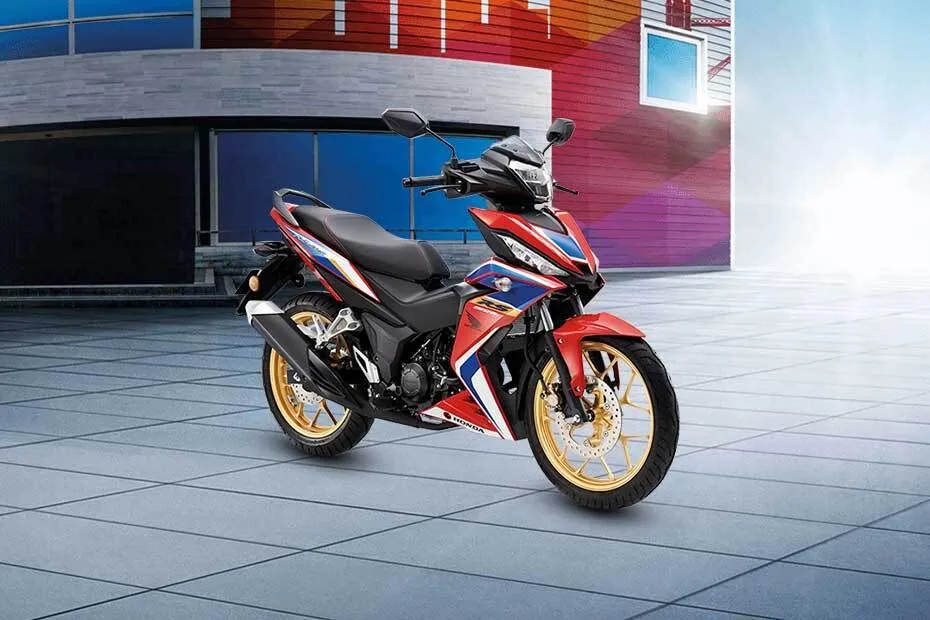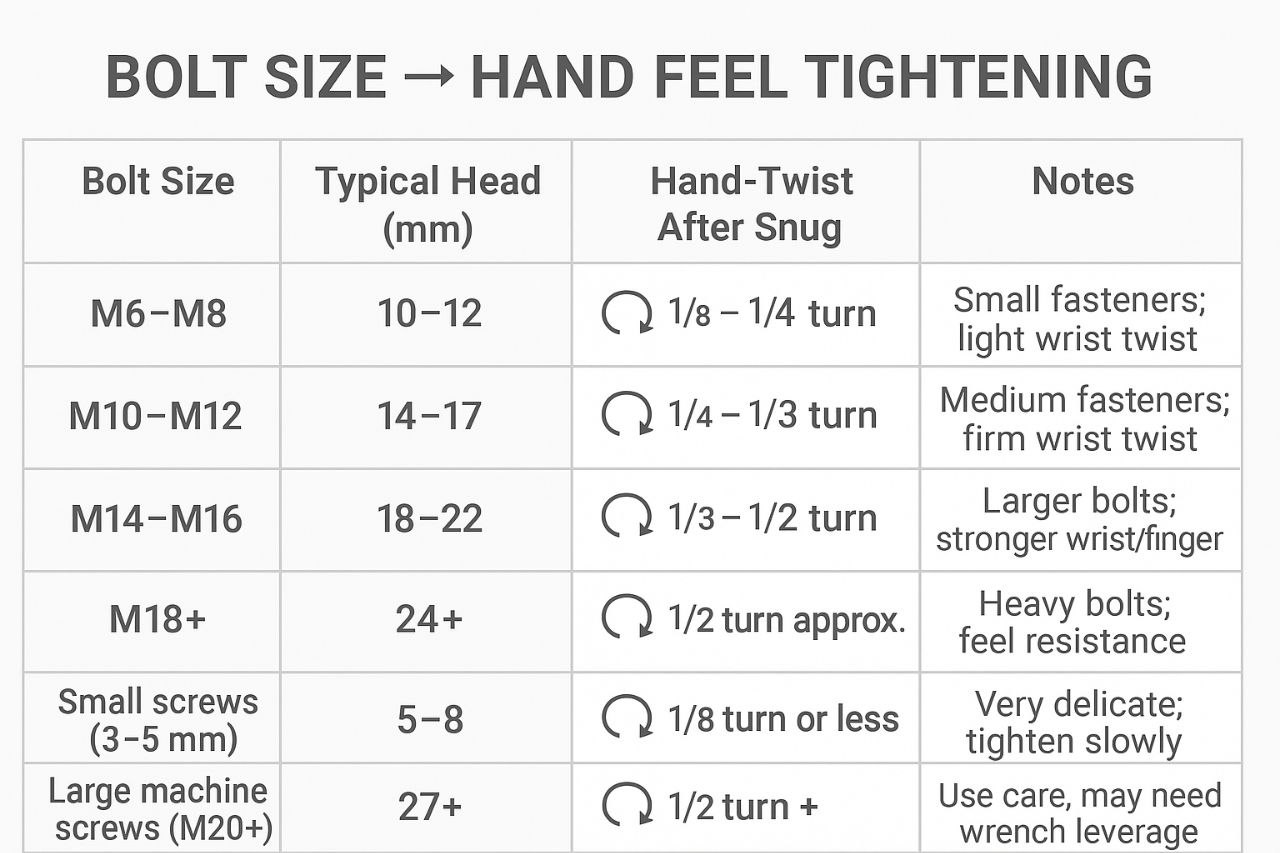knife
steel
tips and tricks
blade, bladegeometry, bushcraftknife, campinggear, edcknife, edgedtools, everydaycarry, gearreview, harduseknife, knife, knifecommunity, knifegear, knifemaking, knifesteel, knifetech, knivesofinstagram, outdoorlife, steelcomposition, survivalgear, tacticalgear
9M2PJU
0 Comments
Understanding Knife Steel Composition: What Makes a Hard-Use Knife Great?
When it comes to knives — especially for hard-use scenarios like bushcraft, camping, emergency kits, or tactical environments — steel composition plays a critical role in how well your blade performs. Whether you’re slicing rope, batoning wood, or preparing food outdoors, the knife’s ability to hold an edge, resist chipping, and avoid corrosion determines its true value.
But what exactly makes a knife “hard-use”?
The answer lies in the balance of toughness, edge retention, and corrosion resistance, which is directly tied to the chemical composition of the steel used in the blade.
Let’s break it down.
⚙️ Knife Steel Composition: What’s Inside Matters
Every element added to a knife steel has a specific job. Some improve hardness, others boost resistance to rust, while others help the steel stay sharp even after heavy work. Here’s a rundown of the most common elements you’ll find in hard-use knives:
🔩 Common Elements & Their Functions
| Element | Purpose in Knife Steel |
|---|---|
| Carbon (C) | Increases hardness and wear resistance. Crucial for edge retention. |
| Chromium (Cr) | Provides corrosion resistance and contributes to hardness. >13% = stainless. |
| Vanadium (V) | Forms very hard vanadium carbides. Improves wear resistance & edge retention. |
| Molybdenum (Mo) | Enhances toughness, especially in high temperatures. |
| Tungsten (W) | Adds wear resistance and helps with fine edge holding. |
| Cobalt (Co) | Boosts the effectiveness of other alloying elements. Used in high-performance steels. |
| Nitrogen (N) | Improves corrosion resistance and toughness, often used in stainless steels. |
| Manganese (Mn) | Helps with hardening and grain structure refinement. |
🧪 Popular Hard-Use Knife Steels (With Examples)
Here are some of the most common steels used in hard-use knives, each with their own strengths and trade-offs:
1. 1095 Carbon Steel
- Composition: ~0.95% Carbon, minimal alloys
- Pros: Very tough, easy to sharpen
- Cons: Rusts easily if not oiled or coated
- Use Case: Bushcraft, survival
2. D2 Tool Steel
- Composition: ~1.5% Carbon, 12% Chromium, 1% Vanadium
- Pros: Excellent edge retention, semi-stainless
- Cons: Can be a bit brittle, harder to sharpen
- Use Case: Tactical and EDC knives
3. CPM 3V
- Composition: ~0.8% Carbon, 7.5% Chromium, 1.3% Molybdenum, 0.3% Vanadium
- Pros: Extremely tough, resists chipping
- Cons: Needs maintenance to avoid corrosion
- Use Case: Hardcore survival, heavy-duty outdoor tasks
4. S30V / S35VN
- Composition: ~1.45% Carbon, 14% Chromium, 4% Vanadium, 2% Molybdenum
- Pros: Good edge retention, corrosion resistance, easier to sharpen than S30V
- Cons: Expensive, but balanced
- Use Case: High-end EDC, tactical, and outdoor knives
5. Elmax
- Composition: 1.7% Carbon, 18% Chromium, 1% Molybdenum, 0.3% Vanadium
- Pros: Excellent corrosion resistance, holds a sharp edge for a long time
- Cons: Premium price tag
- Use Case: All-purpose, premium hard-use knives
🟢 Pros and Cons of Hard-Use Knife Steels
| Trait | Pros | Cons |
|---|---|---|
| Toughness | Resists chipping and cracking | May reduce edge retention if too soft |
| Edge Retention | Blade stays sharp longer | Harder to sharpen in the field |
| Corrosion Resistance | Great for wet or humid environments | Usually reduces toughness slightly |
| Ease of Sharpening | Field serviceable, less brittle | Usually comes at the cost of edge retention |
🧭 Choosing the Right Knife for Your Needs
When selecting a knife, consider your real-world usage. Here’s a quick guide:
🏕 Bushcraft / Survival
- Recommended Steels: 1095, CPM 3V, A2
- Why: Toughness matters more than long-term sharpness. You’ll be using it hard and may need to resharpen often.
🎒 Everyday Carry (EDC)
- Recommended Steels: S35VN, VG-10, N690
- Why: You need a balance of corrosion resistance and edge retention.
🛠 Heavy Utility / Tactical
- Recommended Steels: D2, CPM M4, S30V
- Why: High edge retention and strength, but may need sharpening tools for field maintenance.
🌊 Wet / Marine Use
- Recommended Steels: H1, LC200N, Vanax
- Why: Maximum corrosion resistance, even in saltwater conditions.
📝 Final Thoughts
In the world of knives, there’s no perfect steel — just the right steel for the right job. A hard-use knife must be more than just sharp; it should survive abuse, hold an edge when needed, and be easy enough to maintain in the field.
If you’re investing in a knife for serious outdoor or EDC use, pay attention to:
- Steel composition
- Heat treatment quality
- Blade geometry
- Real-world use case
In short: Don’t just buy the steel hype — buy what you’ll actually use and trust.







Post Comment